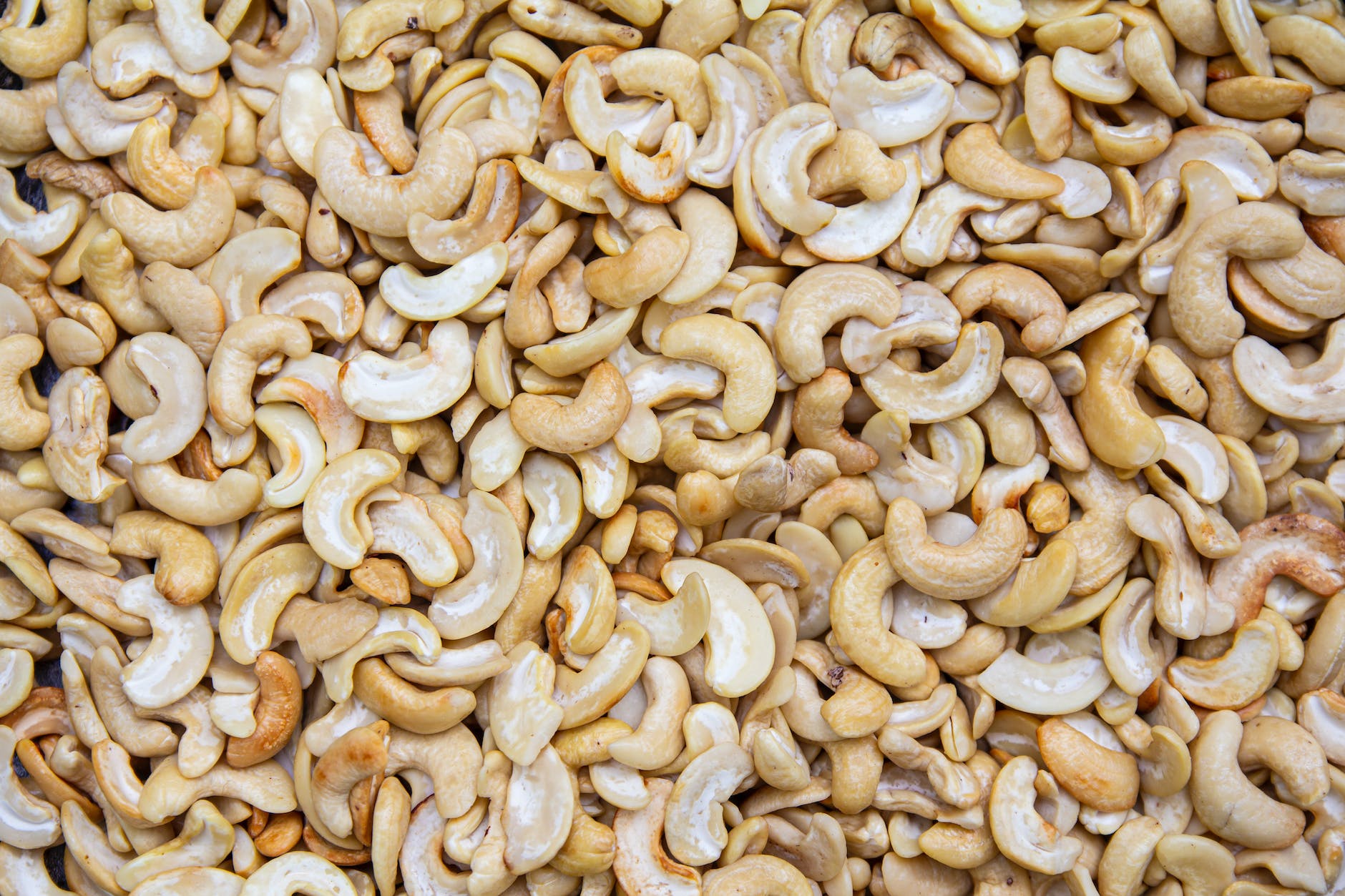
Spinach, the leafy green that has graced tables across cultures and generations, is more than just a side dish. This versatile vegetable, often overshadowed by its more colorful counterparts, is a nutritional powerhouse. Let’s embark on a journey to explore the myriad benefits of spinach, from its role in weight loss to its dense nutrient profile.
Spinach and Weight Loss
- The Spinach Weight Loss Connection: At the heart of every weight loss journey is the quest for foods that satiate without adding excessive calories. Spinach, with its high water and fiber content, is a prime candidate. The fiber not only aids digestion but also provides a feeling of fullness, curbing the urge to snack on calorie-dense foods.
- Embracing the Spinach Diet: A diet rich in spinach can be both flavorful and beneficial. Think beyond salads; spinach smoothies, spinach-infused soups, and even spinach-based pastas can be delicious additions to your weight loss regimen.
In the vast world of superfoods, spinach stands out as a versatile and nutrient-dense choice. But beyond its well-known health benefits, spinach has been gaining recognition as a natural ally in the journey of weight loss. Let’s delve into the relationship between this leafy green and shedding those extra pounds.
Low in Calories, High in Nutrients
One of the primary reasons spinach is a favorite among weight loss enthusiasts is its impressive calorie-to-nutrient ratio. A cup of raw spinach contains a mere seven calories. Yes, you read that right! Yet, within these calories, it packs a punch of vitamins, minerals, and antioxidants. This means you can consume a substantial amount without worrying about exceeding your daily caloric intake.
Fiber: The Unsung Hero
Dietary fiber plays a pivotal role in weight management, and spinach is a commendable source. Fiber adds bulk to our meals without adding calories. This bulkiness ensures that you feel full faster and stay satiated for longer, naturally reducing the amount you eat. Moreover, fiber aids in digestion and helps maintain stable blood sugar levels, preventing those sudden hunger pangs.
Water Content: Nature’s Appetite Suppressant
Spinach boasts a high water content. Foods with high water content occupy more space in the stomach, leading to a feeling of fullness. By incorporating spinach into your meals, you’re essentially leveraging nature’s appetite suppressant to curb overeating.
Versatility in Diet
The beauty of spinach lies in its adaptability. Whether you’re blending it into a green smoothie, tossing it into a salad, or sautéing it as a side dish, spinach seamlessly integrates into various meals. This ease of incorporation ensures that you can consistently benefit from its weight loss properties without feeling restricted.
The Thermic Effect
While spinach itself isn’t a significant protein source, it complements protein-rich foods perfectly. Combining spinach with proteins can enhance the thermic effect of food. This means your body uses more energy (or burns more calories) to digest the combination, further aiding in weight loss.
Nutritional Benefits of Spinach
Spinach, often hailed as a superfood, is a testament to the saying, “Good things come in small packages.” This leafy green might be unassuming at first glance, but its nutritional profile is nothing short of impressive. Let’s unpack the myriad of nutrients that spinach brings to our plates.
Vitamins and Minerals in Spinach
- Vitamin A: Spinach is a rich source of Vitamin A, essential for maintaining healthy vision, skin, and the immune system. It also plays a crucial role in the reproduction process and helps vital organs like the heart and lungs function properly.
- Vitamin C: This antioxidant is abundant in spinach, promoting skin health by aiding in collagen production and enhancing the body’s ability to absorb iron.
- Vitamin K: Crucial for blood clotting, a single cup of raw spinach provides more than the daily recommended intake of Vitamin K.
- Folate: Spinach offers a good amount of this B-vitamin, which is vital for converting the food we eat into energy and ensuring the proper functioning of cells.
- Iron: While not as high as in animal sources, spinach provides a plant-based source of iron, which is essential for transporting oxygen throughout the body.
- Magnesium: This mineral, found in spinach, aids in muscle and nerve function, bone health, and energy production.
Other Essential Nutrients
Spinach also contains decent amounts of calcium, potassium, and zinc, along with dietary fiber and antioxidants.
Beyond Nutrition: The Versatile Benefits of Spinach
Beyond its nutritional prowess, spinach offers a plethora of health benefits that make it a must-have in any balanced diet.
- Eye Health: Spinach contains lutein and zeaxanthin, two antioxidants known for protecting the eyes from harmful light and oxidative stress, potentially reducing the risk of age-related macular degeneration.
- Bone Health: The Vitamin K in spinach supports bone health by aiding in the process of bone mineralization.
- Anti-inflammatory Properties: The compounds in spinach have shown potential anti-inflammatory effects, which can help reduce inflammation in the body.
- Cancer Prevention: Spinach contains compounds that have been linked to reducing the risk of several types of cancer, including breast and prostate cancer.
- Heart Health: The nitrates in spinach may help regulate blood pressure levels, promoting overall heart health.
- Digestive Health: The fiber in spinach aids in digestion, promoting a healthy gut and preventing constipation.
- Skin and Hair: The vitamins and minerals in spinach can promote healthy skin and hair. Vitamin A ensures proper skin cell production, while Vitamin C aids in collagen synthesis.
How to Add Spinach to Your Weight Loss Diet
Spinach, with its rich nutrient profile and low-calorie count, is a fantastic addition to any weight loss diet. But how can you seamlessly incorporate this leafy green into your daily meals? Here’s a comprehensive guide that not only provides you with ideas but is also structured for optimal schema translation.
Breakfast Boosters
- Spinach Smoothies: Blend a handful of spinach with your favorite fruits, Greek yogurt, and a splash of almond milk. This green smoothie is a nutrient-dense way to kickstart your day.
- Spinach Omelette: Whisk eggs, toss in some spinach, tomatoes, and feta cheese for a protein-packed, fiber-rich breakfast.
Lunch and Dinner Delights
- Spinach Salads: Mix raw spinach leaves with grilled chicken, cherry tomatoes, avocado, and a light vinaigrette for a fulfilling meal.
- Spinach Wraps: Use spinach tortillas as a base for your wraps or roll-ups, filled with lean meats, veggies, and a dash of hummus or tzatziki sauce.
- Spinach Soups: Create a hearty spinach and lentil soup or blend spinach into a creamy soup for added nutrients without the added calories.
- Spinach Stir-fry: Sauté spinach with garlic, tofu or chicken, and a mix of colorful bell peppers for a quick dinner option.
Snacks and Sides
- Spinach Dip: Blend spinach with Greek yogurt, garlic, and some herbs for a healthy dip alternative. Pair with carrot sticks or whole grain crackers.
- Steamed Spinach: A simple side dish, steam spinach and season with a pinch of salt, pepper, and a drizzle of olive oil.
Tips for Choosing and Storing Spinach
- Selection: Opt for fresh, vibrant green spinach leaves without any signs of wilting or yellowing.
- Storage: Keep spinach in the vegetable crisper drawer of your refrigerator. For extended freshness, store in airtight containers or zip-lock bags.
Incorporating spinach into your weight loss diet is not only easy but also delicious. With its versatility and the myriad of preparation options, you’ll never run out of ways to enjoy this superfood. By adding spinach to your meals, you’re ensuring a nutrient-rich diet that supports your weight loss goals.
FAQs About Spinach and Weight Loss
- What makes spinach a top choice for weight loss? Spinach is low in calories but high in fiber and water content. This combination helps in creating a feeling of fullness, reducing the overall intake of food and aiding in weight loss.
- How does the nutrient profile of baby spinach differ from mature spinach? Both baby and mature spinach offer a rich nutrient profile. However, baby spinach tends to be more tender and is often preferred in salads, while mature spinach has thicker leaves suitable for cooking. Nutritionally, they are similar, but baby spinach can sometimes have slightly elevated levels of certain nutrients.
- Can spinach be considered a good source of protein? While spinach does contain protein, it’s not as high as sources like meat or legumes. However, it’s a valuable addition to a varied diet, contributing to daily protein intake, especially for those who prefer plant-based diets.
- How does spinach benefit skin and hair health? Spinach is packed with vitamins and minerals that promote skin and hair health. For instance, Vitamin A in spinach aids in skin cell production, and Vitamin C plays a crucial role in collagen synthesis, vital for skin elasticity and hair strength.
- Are there any unique dishes that highlight the versatility of spinach? Absolutely! Spinach is incredibly versatile in the culinary world. From creamy dishes like ‘Palak Paneer’ to refreshing spinach smoothies and tangy sour spinach recipes, there’s a plethora of dishes that showcase the adaptability of this leafy green.
- How does spinach contribute to overall well-being? Beyond its impressive nutrient profile, spinach offers benefits like boosting immunity, reducing inflammation, and aiding in detoxification. Regular consumption can lead to improved overall health and vitality.
Wrapping Up
In the realm of vegetables, spinach is undoubtedly royalty. Its vast nutritional profile, coupled with its weight loss benefits, makes it an indispensable part of a balanced diet. Whether you’re a fitness enthusiast, a culinary adventurer, or someone simply looking to enhance their diet, spinach offers something for everyone. So, the next time you’re grocery shopping, give spinach the place of honor it deserves in your cart.
Blog Tags for the Post: Spinach Benefits, Weight Loss, Nutrient Profile, Baby Spinach, Spinach Recipes, Skin and Hair Health, Spinach Cooking, Dietary Fiber, Spinach Protein Content, Healthy Eating, Spinach FAQ, Palak Dishes, Spinach Versatility, Immunity Boost, Spinach Detox.












